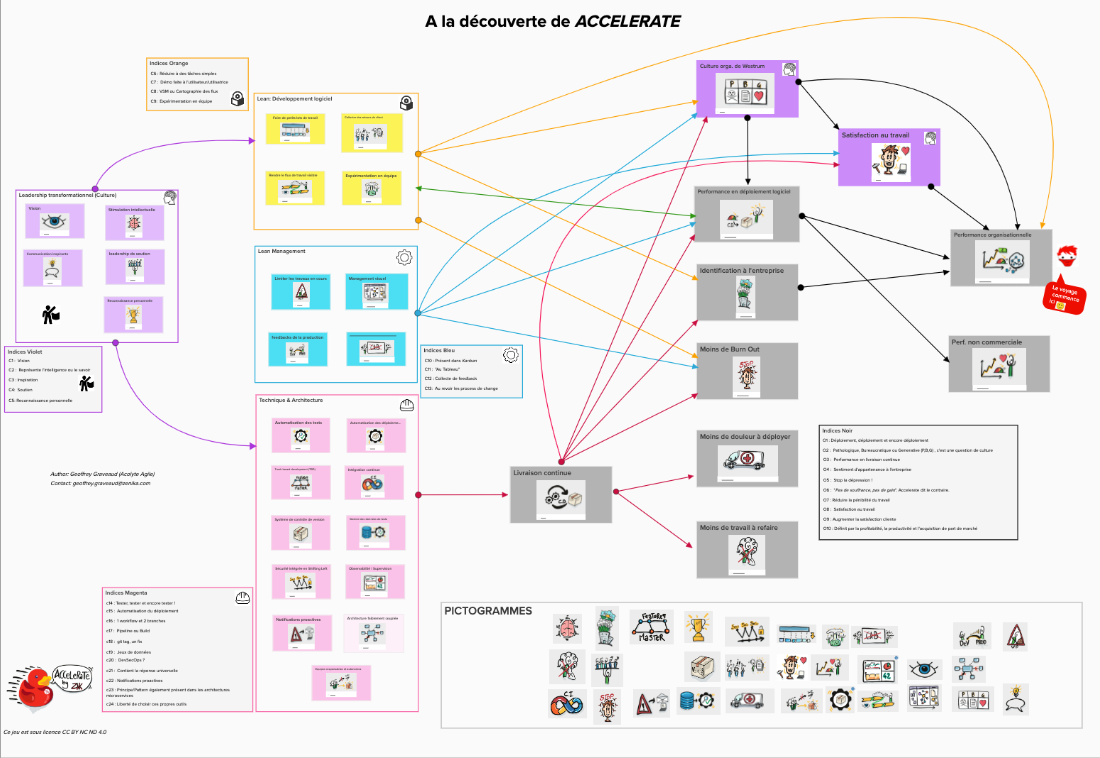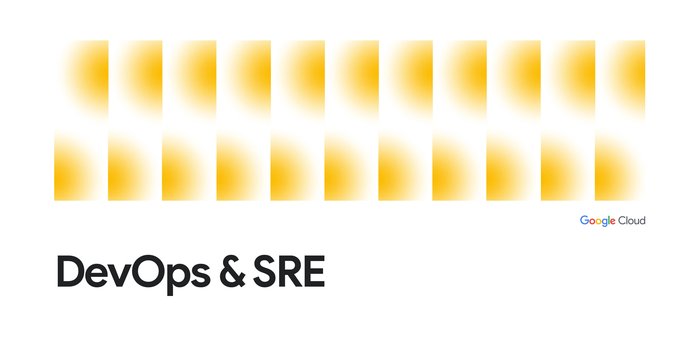DevOps Awards winner Decathlon Digital on “aligning to accelerate”

Matthieu Pepin
Agile Coach, Decathlon Digital
In this blog post, we’re highlighting Decathlon Digital for the DevOps achievements that earned them the ‘Aligning to accelerate’ award in the 2022 DevOps Awards. If you want to learn more about the winners and how they used DORA metrics and practices to grow their businesses, start here.
Founded in Lille, France in 1976, Decathlon is a company whose international and distributed team is dedicated to making sport accessible to the many through digital & technology. With over 1,750 stores in 70 countries and regions, we are the largest multisport goods retailer in the world.
As an international leader in the sports retail industry, Decathlon Digital had already acknowledged the strengths of operating in the cloud. We are already part of teams that used good Agile practices for more regular and better software delivery.
While this seems like a cloud success story, we started noticing areas that needed improvement, specifically around aligning teams and technology. We found it essential to incorporate an agile practice that doesn't merely focus on individual achievements, but rather promotes well-being and psychological safety through effective teamwork. Our goal was to create a synergistic environment that fosters collaboration and alignment, empowering teams to deliver maximum value to our products for our customers and sports enthusiasts swiftly and skillfully.
When we came across the Accelerate State of DevOps Report, its promises of enhanced performance, job satisfaction, and improved teamwork resonated with us. We saw this study as a pragmatic way to help our team members grow while maintaining agility.
However, we wanted to avoid a top-down approach that would force changes upon teams without their understanding or requiring unnatural efforts. We had witnessed enough "miracle" solutions that, at best, fizzled out and, at worst, demotivated everyone. Our previous successes were driven by a sense of purpose, so we aimed to continue embracing the essence of agility instead of just going through the motions — no Cargo Cult mentality here.
Objectives
When Decathlon discovered Google’s Accelerate program — and specifically a workshop run by our Premier Partner, Zenika — we found that the DevOps practices they taught could help our teams improve production speed, efficiency, and quality. To achieve the benefits we learned about through Accelerate, we knew we needed to:
Better understand our own processes and identify areas of improvement
Embrace a culture of sharing learnings and best practices


Putting it all together
To facilitate DORA adoption by people and teams and finally change the culture and mindset, we had to build an approach for and by teams that:
Brings meaning
Explains DORA mechanics and metrics
Arouses interest in the teams and gives rise to initiatives and improved outcomes
We therefore implemented an approach, engaging teams, centered on three major pillars of the value stream: initiate, invest and improve.
Through the training and insights Zenika shared in their Accelerate workshop, our teams learned about the DevOps principles that could help us figure out how to improve our processes. We determined that the four key aspects we needed to focus on were lean management, leadership and culture, technology and architecture, and lean product development. The transformation process that followed took 6 months, and included not just developers and tech people, but everyone in the value chain, including product managers, designers, communications, and business executive leads.
After this first step of bringing teams together and spreading learnings from Accelerate, the next step was to better understand our own technology and processes so that we could develop an informed transformation strategy. This led to the development of Delivery Metrics, an automated measurement tool that uses BigQuery to collect data from every tool used in delivery. Once this data has all been collected, Google Data Studio makes it all available through a dashboard that can graph out and illustrate results. With this system, teams had a centralized, complete, and synchronized view that they could use to see what was working and where they could make improvements.
With these first steps underway, the third step was putting it all into action with an eye toward continuous improvements. At least once a month, all 21 teams share the metrics from Delivery Metrics and discuss their wins and learnings to inspire improvement action plans and to share the best practices they’ve developed. This not only helps other teams, but by having a repository of best practices, onboarding new team members is much quicker and more thorough.
One area that has really benefited from this three-step plan is the movement toward automation. By automating repetitive tasks, the potential for human error is greatly reduced and teams can spend less time on deployment and testing, and more on innovating.
It also unlocked two best practices that greatly improve team efficiency and productivity. The first is focusing on small-batch work while allowing the technical teams to handle the larger ones, letting them spend more time and energy on making sure potential weak points were as error-free as possible. This is also the thought process behind the other best practices — putting work in progress limits on the number of objectives, items embedded in sprints, and so on.
Results
Alignment has created huge transformations across the business, taking a process that originally only involved four product teams and expanding it out to 21 teams — including 15 which are fully involved in cultivating best practices. These learnings then spread out to the larger team, to the point that 70 teams now measure themselves with Delivery Metrics and at least 45 are actively tracking and creating reports on best practices.
And because this is all built off of a culture of data sharing without blaming, teams aren’t afraid to be transparent and show where they are having difficulty. Teams can now give product management and the business more predictability than the old method of subjective timing and velocity estimates. It also gives teams a more informed starting point when investigating metrics that are too hard to automate, like change failure rate and MTTR.
Here are some of the quantifiable results of how aligning through principles introduced in Accelerate has already helped our teams:
Deployment frequency: After a few months, our teams improved from one or two deliveries a month to averaging more than four a week.
Lead time for changes: Our best teams have improved the lead time from more than 15 days to less than two days.
Change failure rate: This stayed at a continuous level less of than 15%.
Time to restore service: Decreased from more than five days to less than one day.
Stay tuned for the rest of the series highlighting the DevOps Award Winners and read the 2022 State of DevOps report to dive deeper into the DORA research.



